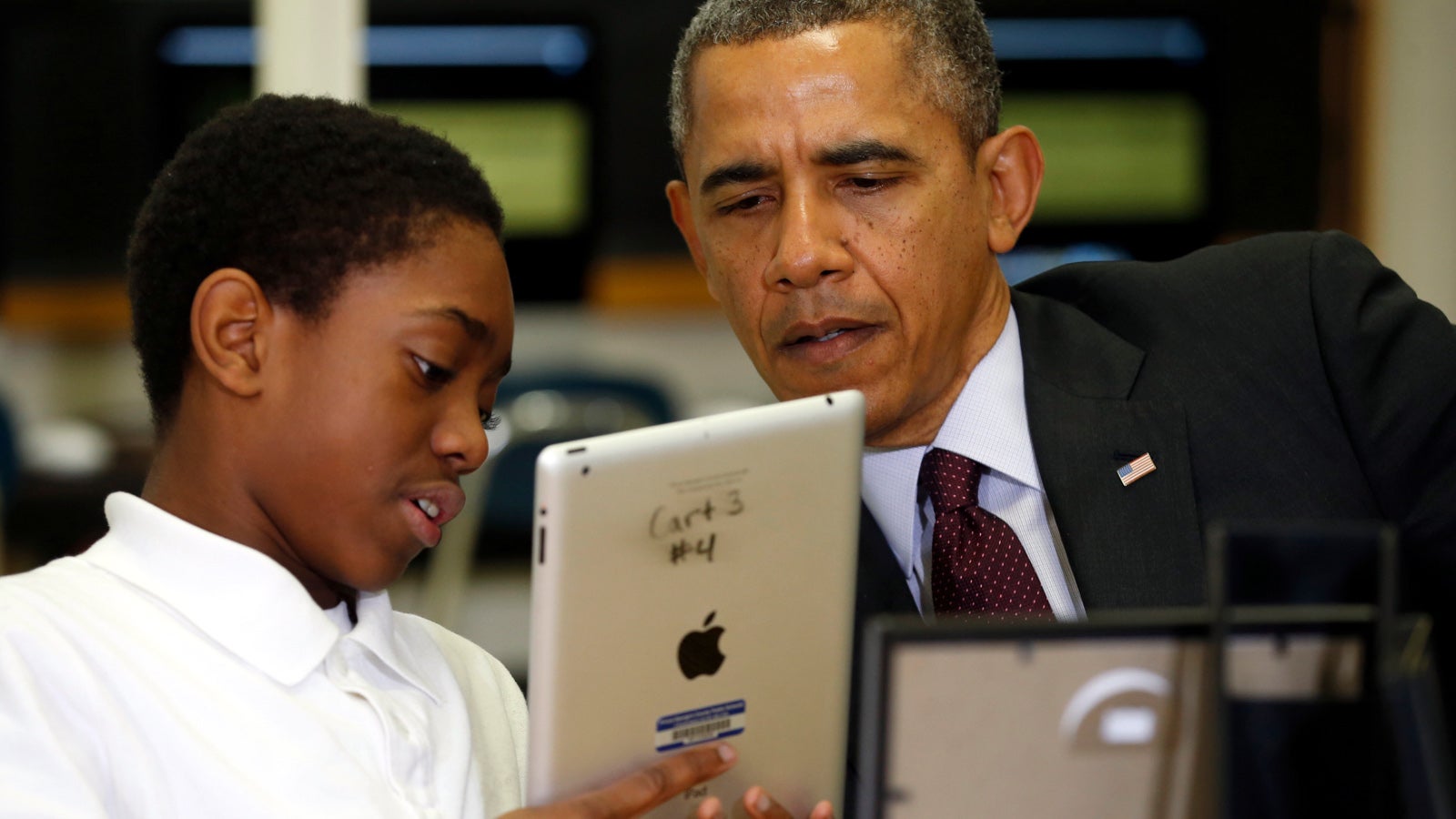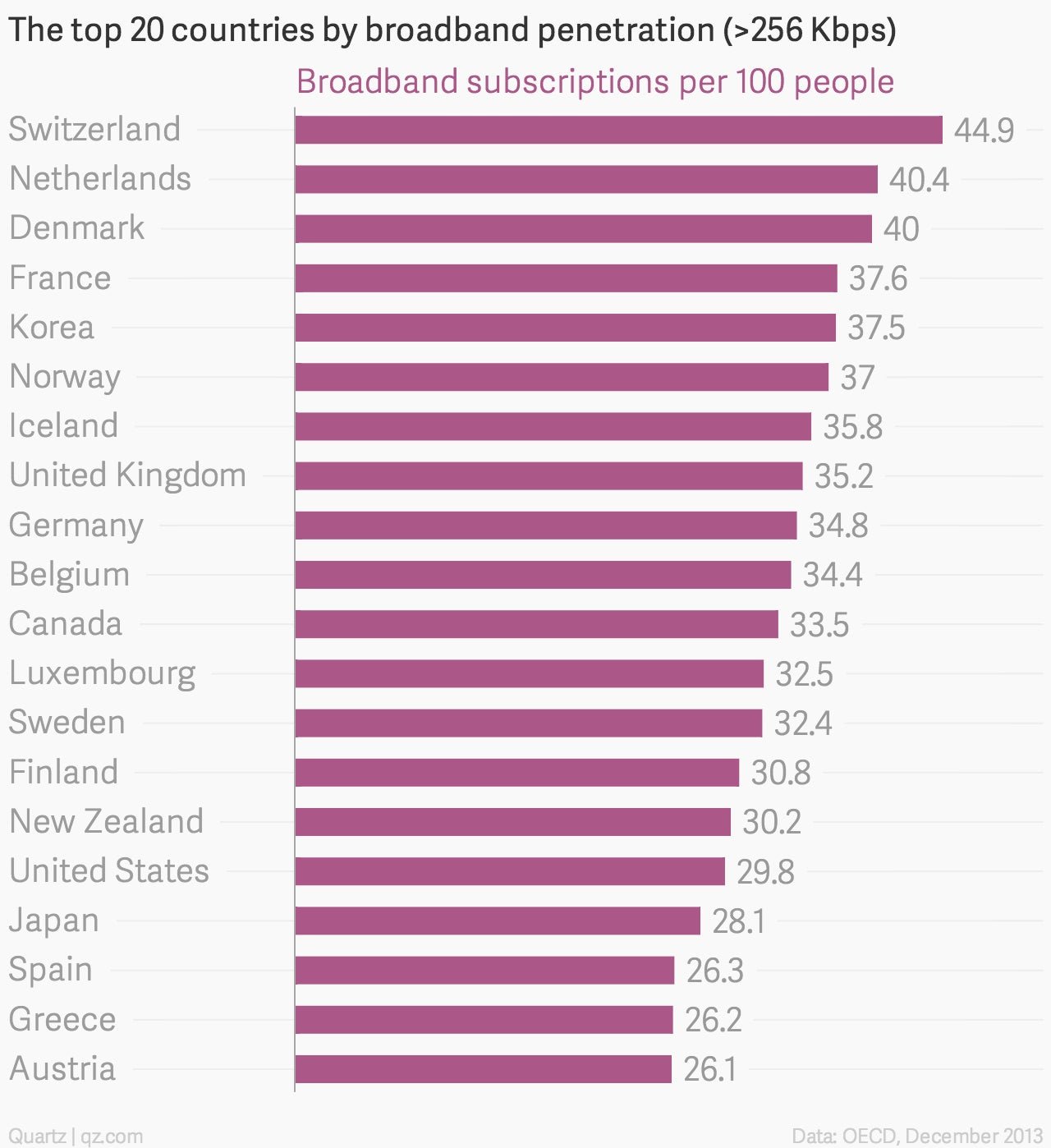Why the US is planning to make telephone users pay for public school internet
The US government is mulling a plan to increase its investment in broadband at public schools and libraries by $1.5 billion, at the cost of a small increase in telephone service fees.


The US government is mulling a plan to increase its investment in broadband at public schools and libraries by $1.5 billion, at the cost of a small increase in telephone service fees.
It’s easy to tell where people stand on the issue: Those who favor the investment, like Federal Communications Commission chairman Tom Wheeler, note that the average household already pays about 99 cents per phone line into the “Universal Service Fund,” a government account dedicated to increasing access to communications networks. Those who oppose the proposed 16-cent increase, as the outspoken Republican FCC commissioner Ajit Pai does, call it a 16% increase in the telephone tax.
The plan would continue an effort by the FCC to shift funding from older technologies into new ones, which has attracted its share of controversy. The telecom regulator is expected to vote on this latest proposal at a Dec. 11 meeting that in addition could yield new progress on equally controversial net-neutrality rules also before the agency.
Behind the political squabbling, US internet infrastructure lags that of other wealthy countries in usage rates and quality. According to data assembled by the OECD, the US is in 16th place when it comes to broadband penetration, 12th when it comes to average speed and 22nd at median speed.

There are two main reasons for this: The US is a huge country with lots of people spread out across it, making access more costly, and the US doesn’t subsidize access as much as other countries with better connectivity, like South Korea or Sweden. The debate over plugging more school children into speedy broadband connections—an investment in a future high-tech work force—is a proxy for the larger question of how the government should stimulate the economy and whether the internet should be seen as a public good.